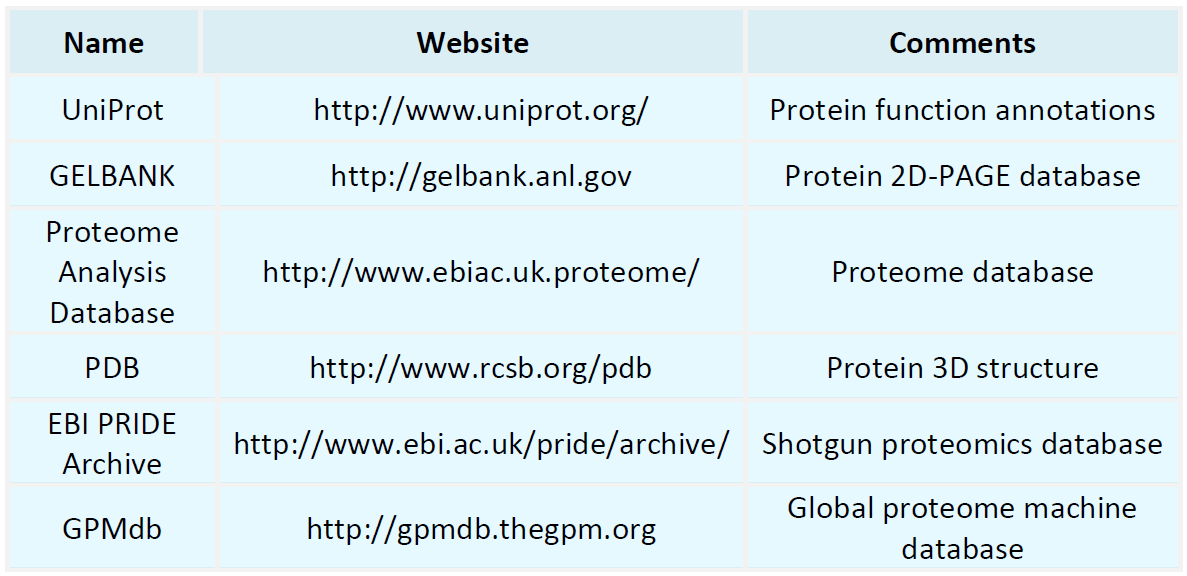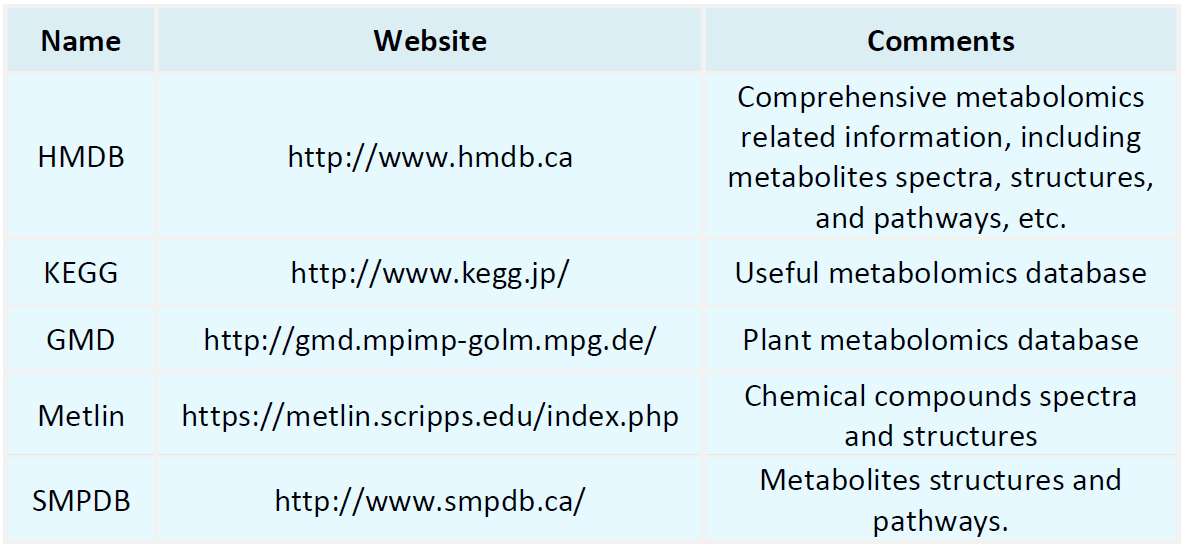Resources
Proteomics Databases

Metabolomics Databases

-
• Amino Acid Composition Analysis for Protein Helical Structure Identification
Amino acid composition analysis (also known as amino acid quantification analysis) is a technique that involves hydrolyzing, eluting, and detecting amino acids in a biological sample using methods such as high-performance liquid chromatography or capillary electrophoresis. The analysis provides information on the content and ratio of each amino acid, which can be used to understand the nature, function, and stability of protein samples.
-
• Purity and Size Analysis of Inactivated Vaccine Virus Particles
Inactivated vaccines refer to vaccines made by culturing and inactivating pathogenic microorganisms, and they are a common type of vaccines. For viral inactivated vaccines, viral structural proteins are one of the most important components, including surface proteins and capsid proteins. Viral structural proteins are critical factors in the virus life cycle and host infection, and they are also the main target for immune response triggered by vaccines.
-
• Infrared Spectral Analysis of Vaccine Carrier Proteins
Combined vaccine carrier protein refers to a protein product derived from animals or plants through biotechnological research and development, with certain biological activity. Compared to small molecule drugs, combined vaccines have advantages such as high activity, high specificity, and low toxicity, making them favored by researchers. The understanding of the structure of the combined vaccine carrier protein is crucial for understanding its function and stability.
-
• Disulfide Bond Mapping in Recombinant Protein Drugs
Recombinant protein drugs are a class of drugs with proteins as the main active ingredients. Their molecular weight is usually much larger than traditional small molecule drugs, and their structure is more complex. Recombinant protein drugs can directly act on molecular mechanisms in the body, possessing high specificity, strong biological activity, and relatively low side effects.
-
• Mass Spectrometry Reveals Links Between Exosomal Proteins and Cell Development
Proteomics is a research field that uses mass spectrometry to identify and quantify proteins on a large scale in biological tissues and cells. Through proteomic techniques, comprehensive information about tissues, cells, and even individual proteins can be obtained, broadening our understanding of biological processes.
-
• Mass Spectrometry Revealing Molecular Mechanisms in Proteomics
Mass spectrometry analysis is a powerful tool that can accurately and effectively analyze the mass, chemical structure, and relative abundance of substances. In the field of biological drug research, it has various applications in the study of proteins, such as quantification, identification, and protein-protein interactions.
-
• Quantitative Analysis of Tyrosine Phosphorylation by LC-MS/MS
Tyrosine phosphorylation is a critical regulatory mechanism in cellular signal transduction, deeply involved in controlling key biological processes such as cell proliferation, differentiation, and apoptosis. As a reversible post-translational modification, it plays a central role in numerous diseases, including cancer, autoimmune disorders, and neurodegenerative diseases.
-
• Quantitative Analysis of Acetylation Sites Using LC-MS/MS Coupled with iTRAQ/TMT Labeling
Acetylation is a pivotal post-translational modification (PTM) that significantly influences protein function and cellular signaling pathways. The advancement of mass spectrometry techniques, particularly liquid chromatography-tandem mass spectrometry (LC-MS/MS), has enabled more precise and high-throughput investigations of protein acetylation.
-
• Analysis of Acetylated Proteins Using CST Antibody Enrichment and LC-MS/MS
Protein acetylation is a critical post-translational modification (PTM) involved in cellular regulation, including gene expression, metabolic control, and cell signaling. Accurate detection and quantification of acetylated proteins are essential for understanding these biological processes. Recently, combining CST (Cell Signaling Technology) antibody enrichment with LC-MS/MS (liquid chromatography-tandem mass spectrometry) has emerged as a powerful approach in the study of acetylomics.
-
• Detection of Acetylated Peptides Using Antibody-Based Enrichment and Mass Spectrometry
Protein acetylation is a critical post-translational modification involved in regulating various biological processes, including gene expression, cell cycle, and metabolism. Accurate detection and quantification of acetylpeptides are essential for elucidating the functional roles of protein acetylation. However, the low abundance and complex biological background of acetylpeptides pose significant challenges.
How to order?







